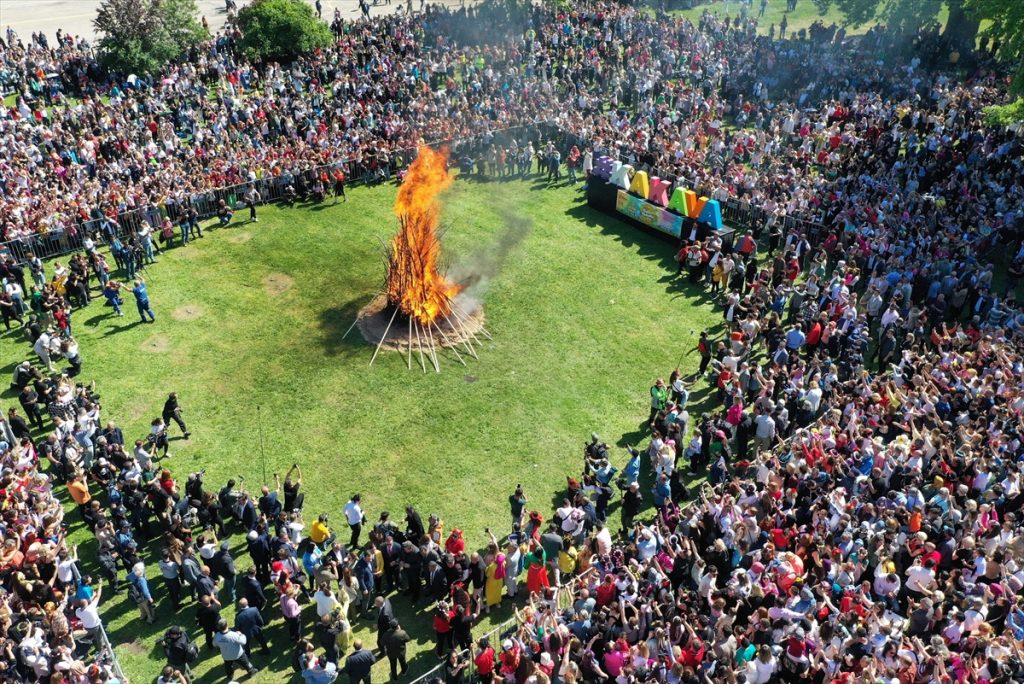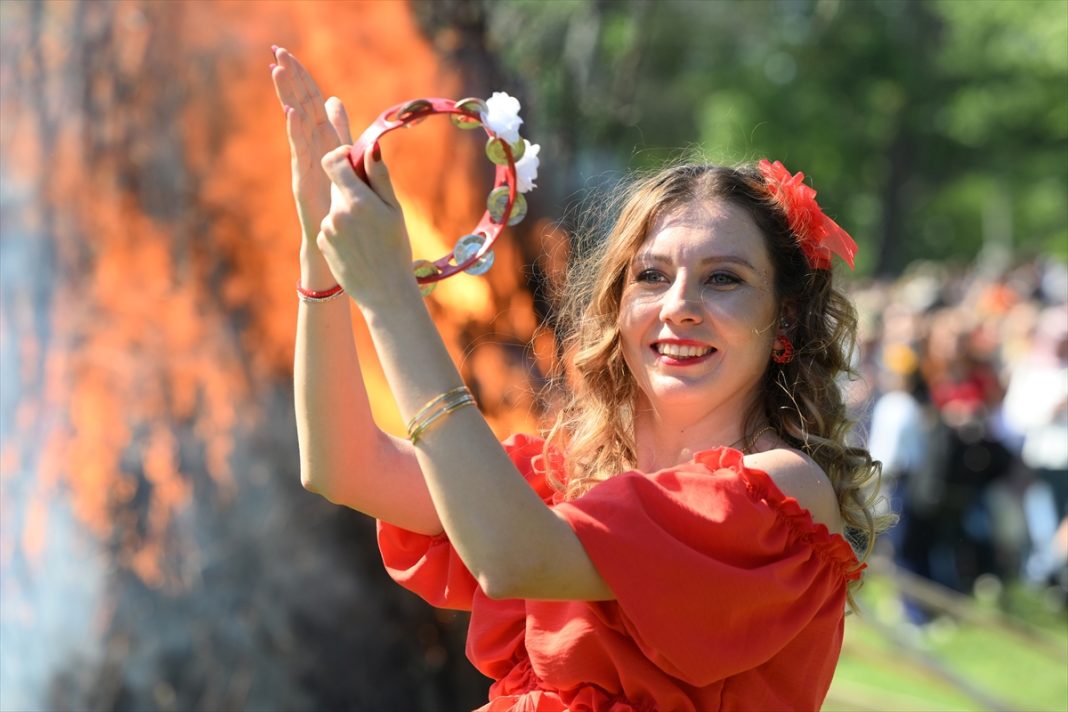(TURKISH JOURNAL) By Sine Aras Akten
1987
İzmir
On that night, a huge fire would be lit. This neighborhood festival, which happened every year, always made me feel constrained because I was too small to jump over the fire. In Izmir, Hıdırellez was celebrated with rituals similar to Nevruz. Fires were lit, wishes were written on papers, drawn, and planted under a rose tree.
My first wish was for the chicks in our house not to become chickens because my grandmother would joke, “Let them grow so we can make a nice chicken soup out of them,” and our bonds of affection grew stronger with each joke. So, I drew tiny chicks on paper and put cages over them. That way, they wouldn’t be able to grow… But they did. My grandmother didn’t slaughter them; they died from bird flu.
Death always comes at unexpected times and for unexpected reasons… My wish was half fulfilled. My grandmother didn’t slaughter them. But it wasn’t half, they died…
Hıdırellez or Hıdrellez is a folk festival celebrated as the day when Hz. Khidr (Al-Khidr) and Hz. Elijah (Elijah) met on earth!
Hıdırellez starts on the night of May 5th and ends on May 6th according to the Gregorian calendar; according to the Julian calendar, it’s on April 23rd (St. George’s Day for Christians). It is celebrated in Turkey, Crimea, Gagauzia, Syria, Iraq, the Caucasus, and the Balkans to celebrate the arrival of spring.

It’s intriguing!
The rich tapestry of spring and summer rituals practiced among various Turkic tribes in Central Asia, from the Yakuts honoring Tengri with horse sacrifices to the Tungus people offering white mares to the earth and sky, has persisted for centuries!
Even after migrating to the West, Turks have preserved elements of these rituals, combining them with the cult of Khidr and the influences of Christianity!
Although Hıdırellez itself is not associated with Islam, it has deeply ingrained into the cultural fabric of the Turkish people. The merging of ancient Anatolian practices with Christian traditions, such as the Cult of St. George, has been customary in Turkey and the Balkans.
What intriguing cultural transitions! But it didn’t benefit my chicks…
Photos : AA




